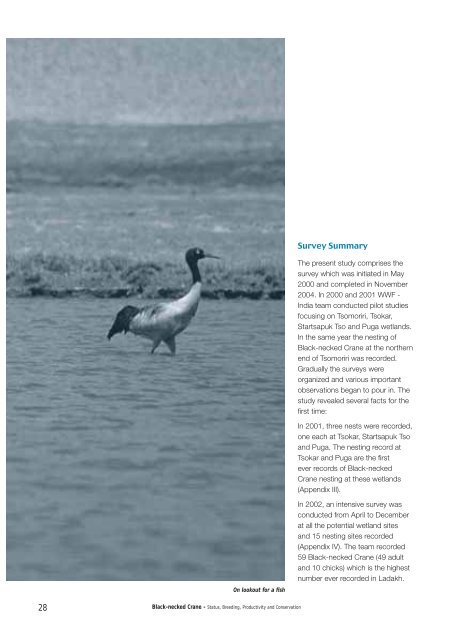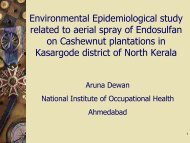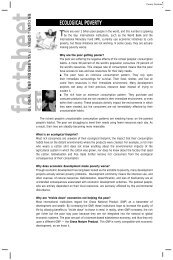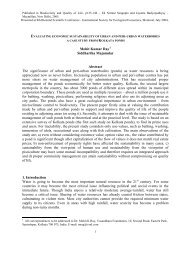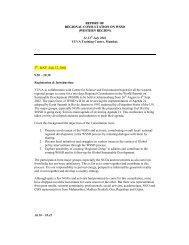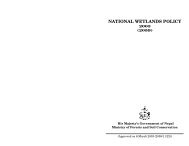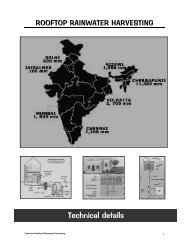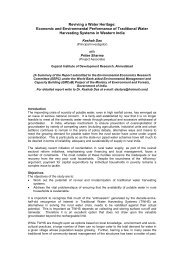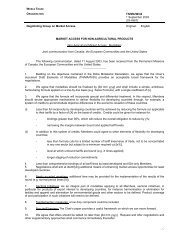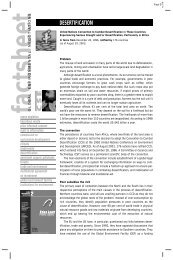Black-necked Crane - WWF-India
Black-necked Crane - WWF-India
Black-necked Crane - WWF-India
You also want an ePaper? Increase the reach of your titles
YUMPU automatically turns print PDFs into web optimized ePapers that Google loves.
Survey Summary<br />
The present study comprises the<br />
survey which was initiated in May<br />
2000 and completed in November<br />
2004. In 2000 and 2001 <strong>WWF</strong> -<br />
<strong>India</strong> team conducted pilot studies<br />
focusing on Tsomoriri, Tsokar,<br />
Startsapuk Tso and Puga wetlands.<br />
In the same year the nesting of<br />
<strong>Black</strong>-<strong>necked</strong> <strong>Crane</strong> at the northern<br />
end of Tsomoriri was recorded.<br />
Gradually the surveys were<br />
organized and various important<br />
observations began to pour in. The<br />
study revealed several facts for the<br />
fi rst time:<br />
In 2001, three nests were recorded,<br />
one each at Tsokar, Startsapuk Tso<br />
and Puga. The nesting record at<br />
Tsokar and Puga are the fi rst<br />
ever records of <strong>Black</strong>-<strong>necked</strong><br />
<strong>Crane</strong> nesting at these wetlands<br />
(Appendix III).<br />
On lookout for a fish<br />
In 2002, an intensive survey was<br />
conducted from April to December<br />
at all the potential wetland sites<br />
and 15 nesting sites recorded<br />
(Appendix IV). The team recorded<br />
59 <strong>Black</strong>-<strong>necked</strong> <strong>Crane</strong> (49 adult<br />
and 10 chicks) which is the highest<br />
number ever recorded in Ladakh.<br />
28<br />
<strong>Black</strong>-<strong>necked</strong> <strong>Crane</strong> - Status, Breeding, Productivity and Conservation


